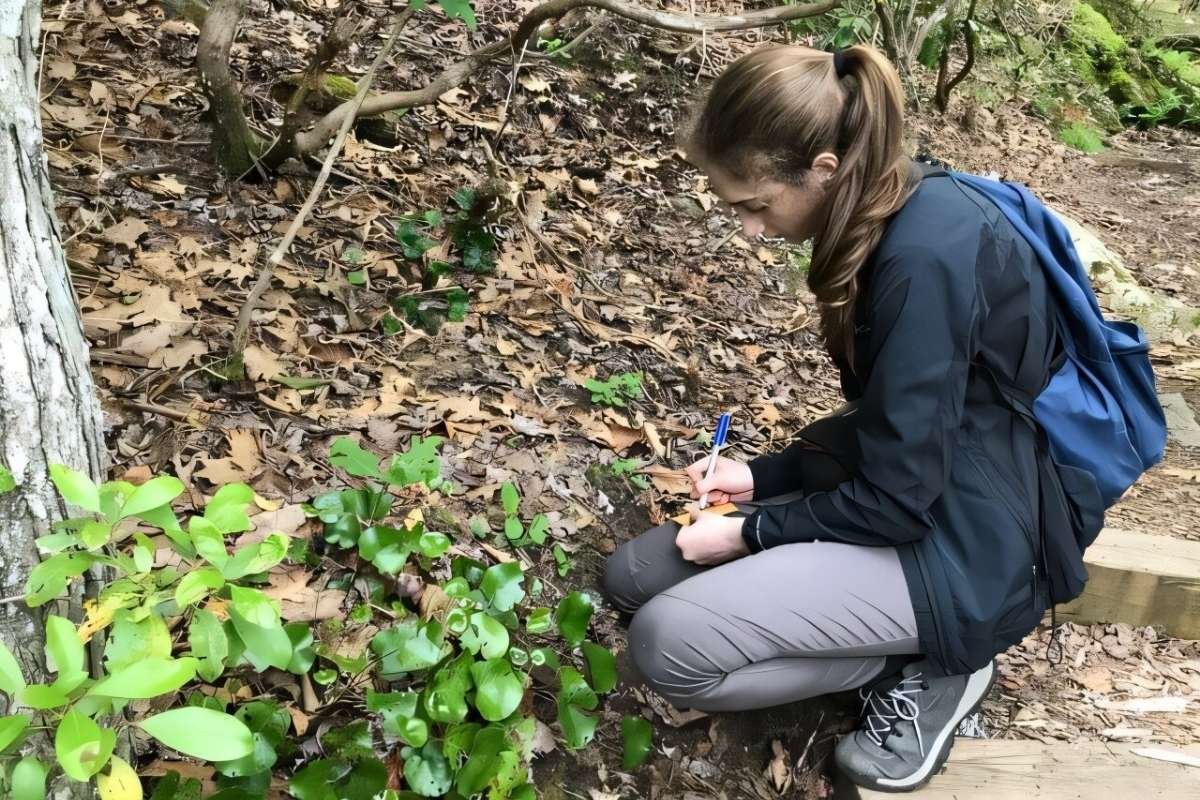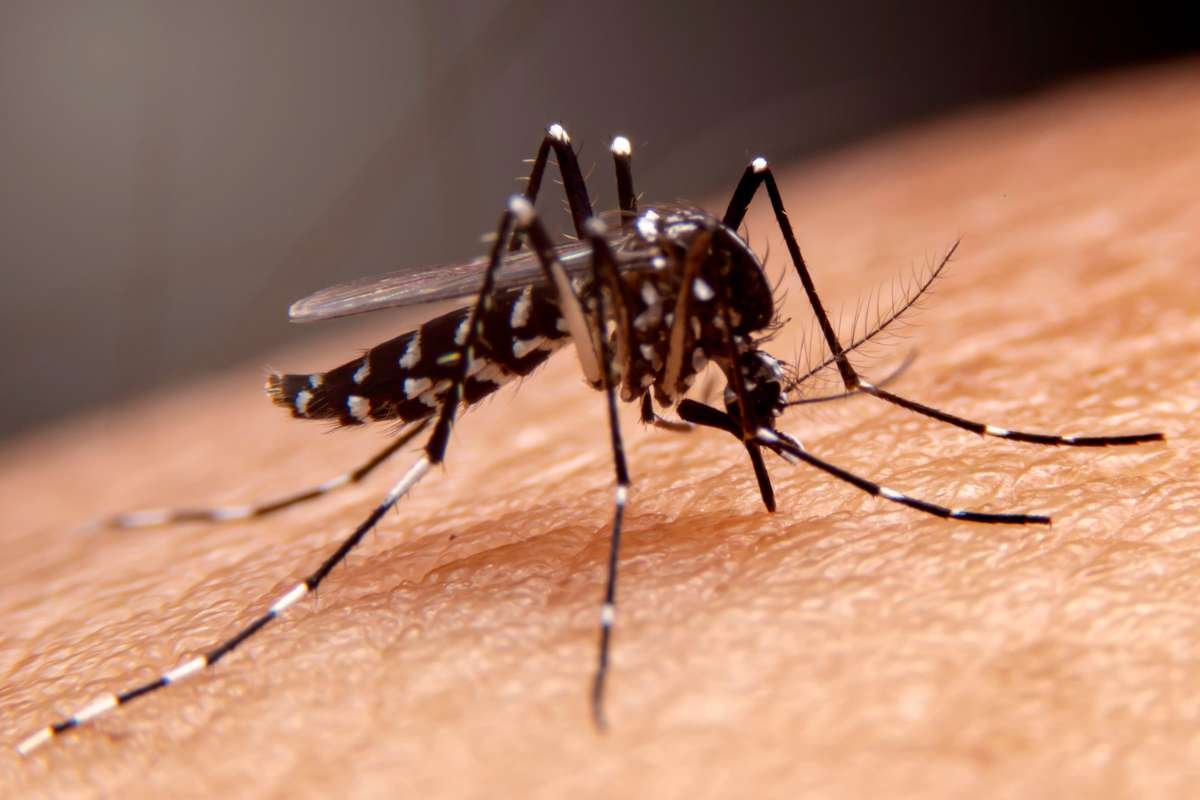A recent study on a little-known Appalachian plant called beetleweed (Galax urceolata) is shaking up long-standing beliefs in evolutionary biology, shedding new light on beetleweed evolution. The research reveals that autopolyploidy, a genetic phenomenon where an organism duplicates its entire set of chromosomes, can lead to the stable coexistence of genetically distinct populations, even within the same habitat.
This defies the traditional view stemming from Darwinian evolution, which suggests that speciation takes place over thousands or millions of years through geographic isolation. While faster mechanisms like hybridization have been acknowledged, they, too, were considered relatively slow or limited. Autopolyploidy, however, offers something radical: the potential for instant speciation.
“Through my fieldwork, I discovered that a single population could have a mishmash of cytotypes, which fascinated me,” explained Shelly Gaynor, lead author of the study, conducted as part of her Ph.D. at the University of Florida. The research on Beetleweed evolution uncovers that beetleweed naturally exists in three distinct cytotypes, each with different chromosome counts, within overlapping environments in the Appalachian Mountains.
Mathematical Models Reveal the Power of Polyploidy
Gaynor’s team developed a sophisticated model to understand how different ploidy levels, such as diploid and polyploid individuals, can survive and thrive together. Past theories argued that polyploids would either die out or push out their diploid ancestors due to competition for the same resources. Gaynor’s work challenges this assumption by factoring in randomness, environmental variation, and overlapping generations factors often overlooked in traditional models.
Millions of simulations were run, modeling environmental instability, competition, and incomplete reproductive isolation situations where different chromosome sets can still sometimes interbreed. The outcome was surprising- polyploids can coexist with their diploid ancestors for extended periods, and in some cases even outcompete them when environmental conditions are unpredictable.
The research also noted a one-way evolutionary path; once diploids disappear, they cannot re-evolve from polyploids. This leads to ecosystems dominated solely by polyploid plants. This nuance refines our understanding of how biodiversity develops and sustains itself, particularly under environmental stress.
Implications for Biodiversity and Conservation
Once considered evolutionary oddities, polyploids are now gaining recognition as key players in shaping ecosystems. Species like big bluestem grass and quaking aspen already exemplify this in North American landscapes. Beetleweed’s ability to support multiple cytotypes in the same area further underscores the ecological importance of genetic diversity created through autopolyploidy, highlighting key aspects of Beetleweed evolution.
Gaynor’s findings arrive at a critical time when environmental conditions are rapidly changing. Understanding how species adapt and diversify under stress could shape conservation efforts, especially in preserving plant populations that are more resilient due to their genetic complexity.
This study on beetleweed evolution redefines how scientists view plant evolution, demonstrating that even humble plants like beetleweed can rewrite the rules of biology. Rather than being evolutionary dead ends, polyploids may hold the key to rapid adaptation and long-term survival in an ever-changing world.
Visit The Lifesciences Magazine to read more.







